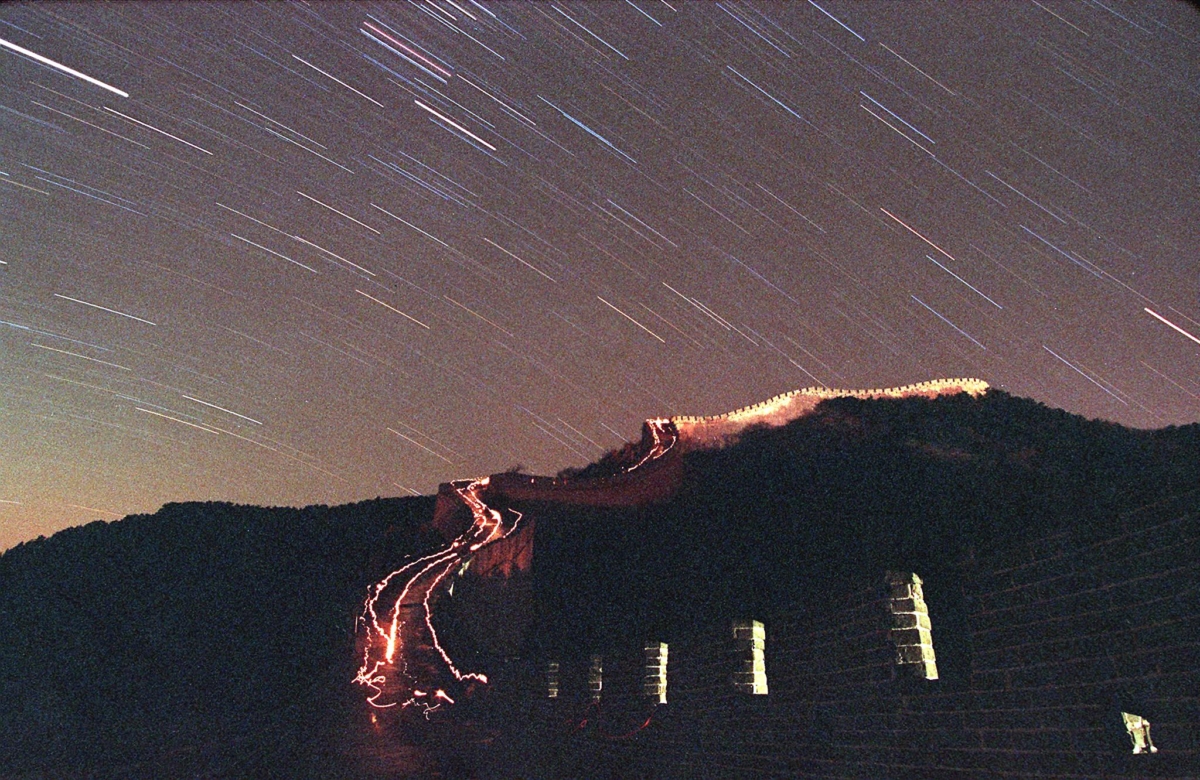November’s full moon will be the last supermoon of the year, showing itself at its brightest on Friday, as a meteor shower joins the earth’s companion during the weekend nights.
November’s full moon will reach the crest of its full phase at 4:29 p.m. Eastern Time on Friday, according to The Old Farmer’s Almanac.
November’s full moon is known as “the beaver moon,” named in reference to the beginning of the animal’s hibernation period.
A supermoon occurs when a full moon coincides with the moon’s closest approach to Earth during its 27-day elliptical orbit, a point known as perigee, according to NASA.
At this point, the moon is approximately 226,000 miles from the planet. As it swerves on, it eventually reaches the apogee, its farthest point from the Earth, roughly 251,000 miles away.
The moon can appear to be as much as 14 percent bigger at perigee than at apogee.
According to NASA, the exact distance of both perigee and apogee varies, as the moon’s orbit wobbles and differs depending on where the Sun and Earth are in their respective orbits. For this reason, some supermoons appear larger than others.
Supermoons only happen three to four times a year, and always appear consecutively, NASA said. Throughout most of the year, perigee and the full moon do not overlap—you may find the moon looking somewhat larger, but it won’t always be full at that time.

Astronomers and sky-gazers may find it worth their while to look up at the night sky this weekend, as the moon will be accompanied by a host of falling stars, as the Leonids crash into the atmosphere.
This annual meteor shower is associated with the comet Tempel–Tuttle. They are known for causing spectacular meteor storms that occurred every 33 years since 1833, and more recently in 1999, 2001, and 2002, according to the American Meteor Society.
They are responsible for one of the greatest meteor showers in living memory. On the morning of Nov. 17, 1966, as much as one thousand meteors per minute could be seen during a 15-minute peak of the storm, according to astronomy site EarthSky.org. By contrast, last year, the Leonid storm peaked at a mere 15 meteors per hour.
The Leonids have been grazing the earth since Nov. 3 and will peak over the weekend, adorning the big, bright moon illuminating the sky.
Meteors burn up as they hit the atmosphere at high velocities. The Earth itself is speeding through space at 66,660 miles per hour in its revolution around the sun. The Leonids travel at a speed of 156,600 miles per hour.
Keep your eyes peeled!

